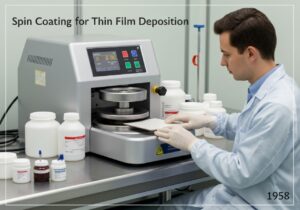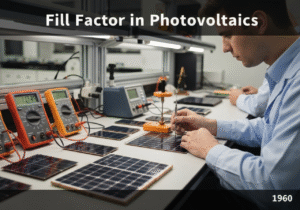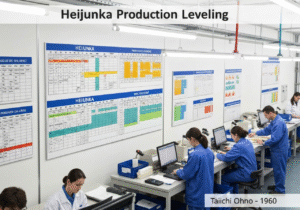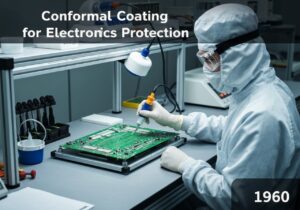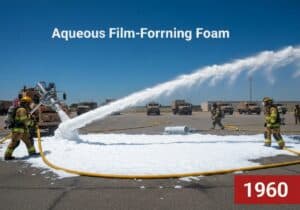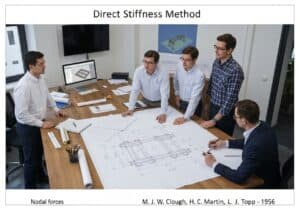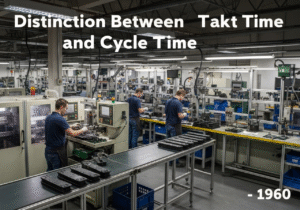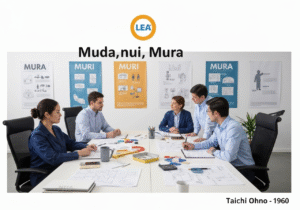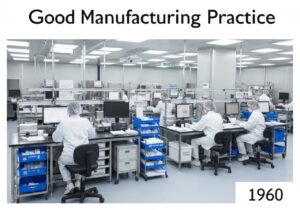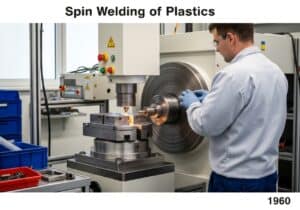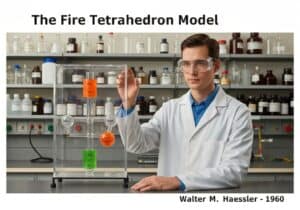This is our latest selection of worldwide publications and patents in english on Surface Coatings, between many scientific online journals, classified and focused on surface coating, material coating, thermal barrier coating, nanocoating, conductive coating, fire-resistant coating, electroplating, coating, abrasion resistance, high build coating, hiding power and anti-fouling.
Mechanosynthesis of SbSI Targets for Pulsed Electron Deposition of Ferro-Photovoltaic Thin Films
Published on 2025-10-21 by Michele Casappa, Elena Del Canale, Davide Delmonte, Francesco Pattini, Giulia Spaggiari, Anna Moliterni, Cinzia Giannini, Andrea Aroldi, Edgardo Ademar Saucedo Silva, Alejandro Navarro, Davide Calestani, Giovanna Trevisi, Marzio Rancan, Lidia Armelao, Matteo Bronzoni, Edmondo Gilioli, Stefano Rampino @MDPI
Abstract: A solvent-free, solid-state mechanochemical method was developed to synthesize the chalcohalide compound SbSI at room temperature. Dry high-energy planetary ball milling of elemental antimony, sulfur, and iodine produced a pure, stoichiometric polycrystalline SbSI powder with an orthorhombic structure. This powder was then sintered under mild thermal conditions to create dense targets. Amorphous SbSI thin films were subsequently deposited from these targets at room temperature using Pulsed Elect[...]
Our summary: A solvent-free mechanochemical method synthesized SbSI at room temperature. High-energy ball milling produced a pure polycrystalline powder, which was sintered to create dense targets. Amorphous SbSI thin films were deposited using Pulsed Electron Deposition, achieving correct stoichiometry and an optical bandgap of 1.89 eV.
Mechanosynthesis, SbSI, Pulsed Electron Deposition, Ferro-Photovoltaic
Publication
The Influence of Natural Light Aging on the Surface Properties of Colored Chinese Lacquer Coatings
Published on 2025-10-21 by Mihaela Liu, Zhigao Wang, Anca Maria Varodi, Xinyou Liu @MDPI
Abstract: Chinese lacquer (urushi), a traditional East Asian coating material, has been used for more than 7000 years due to its durability, gloss, and cultural significance. However, its long-term stability under natural light remains insufficiently studied, especially regarding the role of mineral pigments in modulating photoaging behavior. In this study, three traditional lacquer coatings pigmented with cinnabar (HgS), orpiment (As2S3), and lapis lazuli were subjected to natural light aging for nine we[...]
Our summary: This study investigates the effects of natural light aging on colored Chinese lacquer coatings. It finds that mineral pigments significantly influence the stability and degradation of these coatings. Cinnabar-based lacquers demonstrate superior resilience compared to those pigmented with orpiment and lapis lazuli.
natural light aging, colored lacquer coatings, mineral pigments, photoaging behavior
Publication
Environmentally Durable Au-Based Low-e Coatings
Published on 2025-10-21 by Wan Noor Sofia Wan Shamsuddin, Kamil Zuber, Peter J. Murphy, Marta Llusca Jane @MDPI
Abstract: Low-emissivity (low-e) coatings are used in architectural and automotive glazing for energy-saving applications. These are used to minimise heat transmission through the windows by reflection. Low-e coatings are semi-transparent coatings that typically comprise a metallic layer that reflects infrared light, sandwiched between two dielectric layers that protect the metal and enhance its visible transmittance. Ag is usually used as the metallic layer because of its colour neutrality and low optica[...]
Our summary: This paper explores Au-based low-e coatings as a durable alternative to Ag in glazing applications. The coatings consist of a metallic Au layer sandwiched between dielectric layers, optimized for high visible transmittance and low emissivity. Results show excellent corrosion resistance and potential for energy-saving applications in architecture and automotive sectors.
Low-e coatings, Au-based, durability, energy efficiency
Publication
A Multimethod Kinetic Approach
Published on 2025-10-21 by Akmaral Zh. Sarsenbekova, Ulygbek B. Tuleuov, Akerke T. Kazhmuratova, Abylaikhan N. Bolatbay, Lyazzat Zh. Zhaparova, Yerkeblan M. Tazhbayev @MDPI
Abstract: This paper presents a comprehensive analysis of the thermal stability and decomposition mechanisms of IPN hydrogels based on polyvinyl alcohol (PVA) and a copolymer network of poly(ethylene glycol) diacrylate–poly(ethylene glycol) methacrylate (PEGDA–PEGMA). Using thermogravimetric analysis (TGA/DTG) and multi-approach kinetic analysis (Friedman and Ozawa–Flynn–Wall isoconversion methods, nonparametric kinetics, Shestaka-Berggren model), th[...]
Our summary: This study analyzes the thermal stability and decomposition mechanisms of IPN hydrogels made from PVA and PEGDA-PEGMA. It employs TGA and multi-approach kinetic analysis to explore the effects of composition on dehydration and thermal destruction. The findings highlight the relationship between network density, moisture retention, and thermal decomposition, aiding in the design of hydrogel compositions for various applications.
Kinetic analysis, Thermal stability, IPN hydrogels, Polyvinyl alcohol
Publication
Preparation and Properties of Composite Coatings Fabricated from Carved Lacquer Waste and Waterborne Acrylic Resin
Published on 2025-10-21 by Xinyue Du, Yuemin Feng, Alin Olarescu, Yushu Chen, Xinyou Liu @MDPI
Abstract: This study developed a waterborne UV-curable acrylic composite coating incorporated with carved lacquer powder and systematically investigated the effects of powder and deionized water content on its properties. The results showed that the carved lacquer powder content significantly influenced the optical, mechanical, and curing behaviors of the coating, while the water content had negligible impact. Specifically, increasing the powder content reduced lightness, enhanced red hue, and decreased g[...]
Our summary: This study developed a waterborne UV-curable acrylic composite coating using carved lacquer powder. The optimal performance was achieved at 20% powder content, enhancing adhesion and flexibility while reducing gloss. The findings highlight a sustainable method to recycle carved lacquer waste in advanced coatings.
Composite Coatings, Carved Lacquer, Waterborne Acrylic, UV-Curable
Publication
Formation and Characterization of Ti-Al Intermetallic and Oxide Layers on Ti6Al4V as Interlayers for Hydroxyapatite Coatings
Published on 2025-10-21 by Stefan Alexandru Laptoiu, Marian Miculescu, Diana Enescu, Iulian Antoniac, Florin Miculescu @MDPI
Abstract: This study explores a novel approach to enhance the surface properties of Ti-Al alloys for biomedical applications by creating a compositional gradient layer through aluminum deposition using Electrical Discharge Machining (EDM). The primary goal was to develop a metallurgically bonded intermetallic zone that supports strong adhesion and improved compatibility for subsequent hydroxyapatite (HA) deposition. Aluminum was deposited onto a Ti6Al4V substrate via EDM under controlled conditions, follo[...]
Our summary: This study investigates the formation of Ti-Al intermetallic and oxide layers on Ti6Al4V to improve hydroxyapatite coating adhesion. Aluminum deposition via Electrical Discharge Machining was utilized to create a compositional gradient layer. The results showed enhanced surface hardness and mechanical stability, indicating improved performance for biomedical applications.
Ti-Al intermetallics, Hydroxyapatite coatings, Electrical Discharge Machining, Surface properties
Publication
Colored coatings with conductive and static dissipative electrical properties
Patent published on the 2025-10-16 in WO under Ref WO2025217601 by VIBRANTZ TECH INC [US] (Yadav Santosh K [us], Rettinger Paul A [us])
Abstract: A conductive coating or composites including a conductive carbon nanotube-based color coatings, such as single-wall carbon nanotube (SWCNT)(s) at a low concentration into a conductive coating offers flexibility in color choices. White, bright greens, blue, pink etc. become viable options, ensuring that formulators are not limited to a black or gray finish for their conductive coatings.[...]
Our summary: Conductive coatings can incorporate carbon nanotubes for enhanced electrical properties. This allows for a variety of color options beyond traditional black or gray. Formulators can create coatings in colors like white, green, blue, and pink.
conductive coatings, carbon nanotubes, static dissipative, color flexibility
Patent
Acoustic wall panels, wall covering systems, and methods for making the same
Patent published on the 2025-10-16 in WO under Ref WO2025217415 by ARMSTRONG WORLD IND INC [US] (Desantis Craig W [us], Dinkel Allan L [us], Kragness Eric [us], Voight Jessica L [us], Horner Craig [us], Monko Tyler [us], Rissmiller Michael [us], Hess Helena M [us], Myers Steven L [us])
Abstract: A method for forming a wall covering system includes positioning a first substrate adjacent a second substrate such that a seam is defined between the first acoustic wall panel and the second acoustic wall panel, applying a seam-filling material to the seam, applying a coating composition over the first substrate, the second substrate, and the seam-filling material to define a first major exposed surface, and perforating at least a portion of the first major exposed surface.[...]
Our summary: A method for forming a wall covering system involves positioning two substrates to create a seam. Seam-filling material is applied to the seam, followed by a coating composition over the surfaces. The first major exposed surface is then perforated to enhance acoustic properties.
Acoustic wall panels, wall covering systems, seam-filling material, coating composition
Patent


